The Experiments on Bitcoin and the Division it Caused
This article explores the debates around recent innovations on the Bitcoin blockchain like Ordinals and Runes protocols and addresses the concerns, as well as potential solutions like Bitfinity that aim to enhance these new uses of Bitcoin while maintaining decentralization.
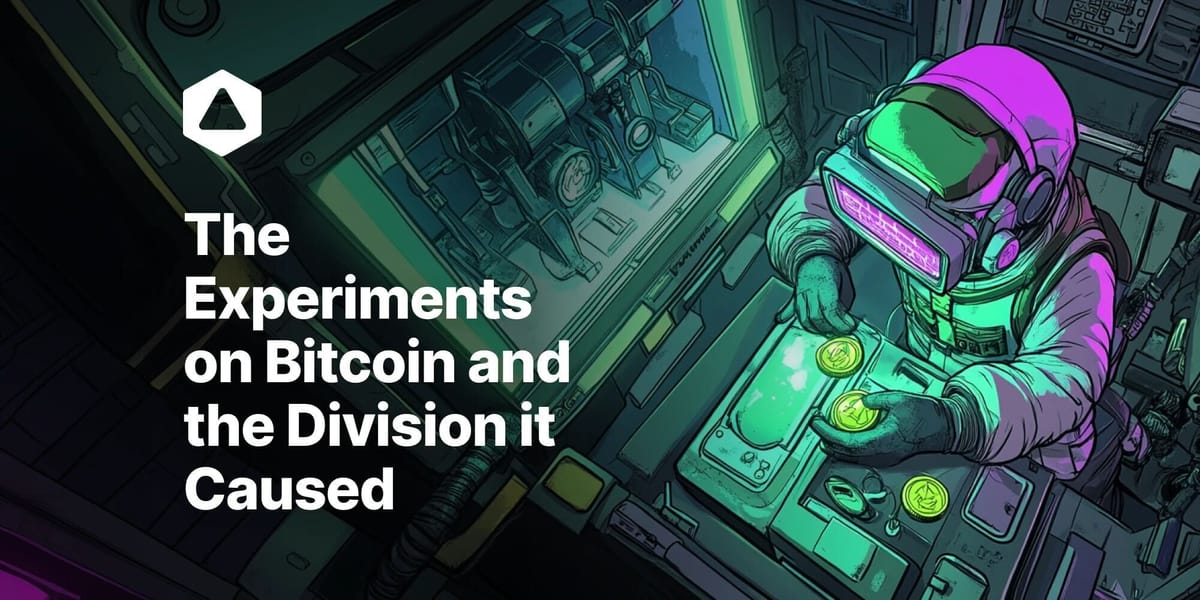
Not that long ago, Runes and Ordinals (fungible and non-fungible) tokens on Bitcoin stirred up the already fragmented crypto world and divided the community into two groups reacting differently. A scenario that left behind the question of whether Bitcoin is open to anyone for such new purposes...
Let us take a look at why these new concepts uncover a public debate between different camps and address their concerns for experimentation in Bitcoin's network and community.

Exploring The Ideological Foundations of Bitcoin Innovations
When Bitcoin was introduced in its whitepaper, it was titled "Bitcoin: A Peer-to-Peer Electronic Cash System", which meant it would allow online payments to be sent directly from one party to another (P2P) without going through any financial institution. Truly revolutionary!
However, Satoshi himself inscribed data in the form of text on the Genesis block (the first block he mined) titled "The Times 03/Jan/2009 Chancellor on brink of second bailout for banks.", unveiling that Bitcoin could mean more and have other use cases beyond just monetary transfers.
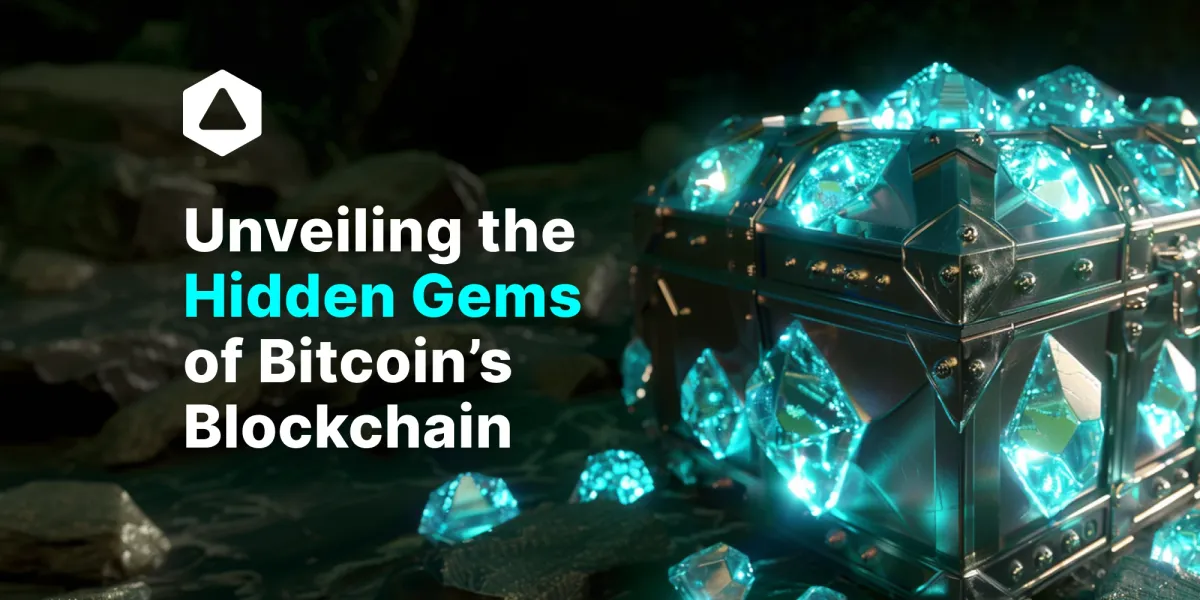
Which meant Bitcoin could have other use cases beyond just monetary transfers. Many followed and started experimenting, and the division began.
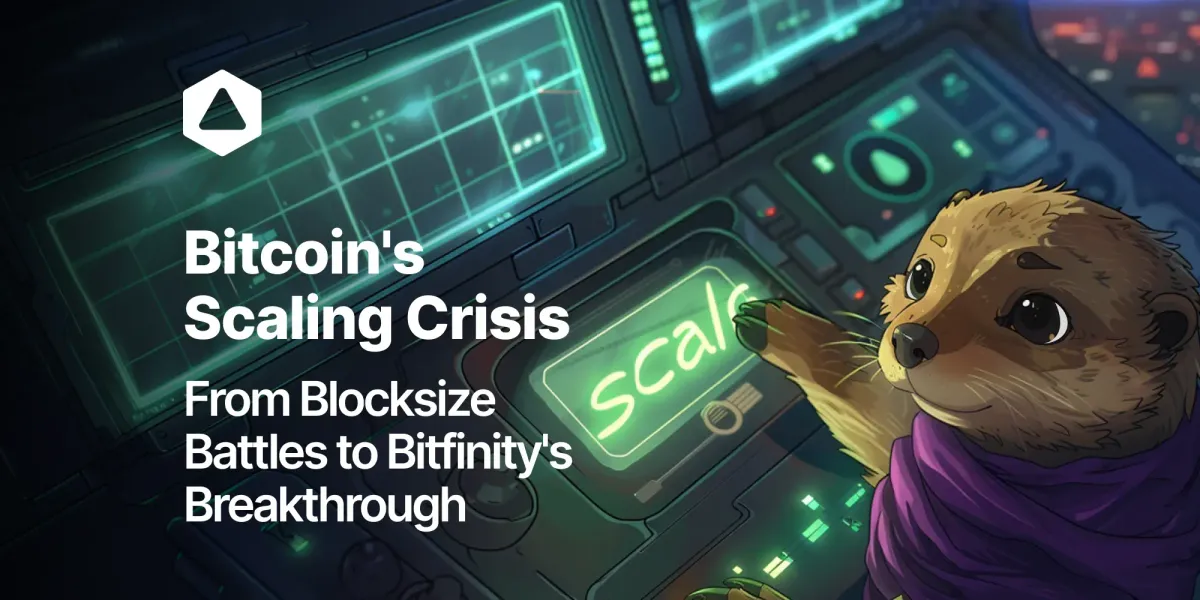
But then one Bitcoin developer joined the chat, and reinterpreted the fungibility aspect of Bitcoin - Casey Rodarmor, the creator of Ordinals and Runes Protocol. Although his creations have been met with criticism from many bitcoin maximalists (as we will see later), Casey emphasizes that his developments were never intended to harm Bitcoin in any way.
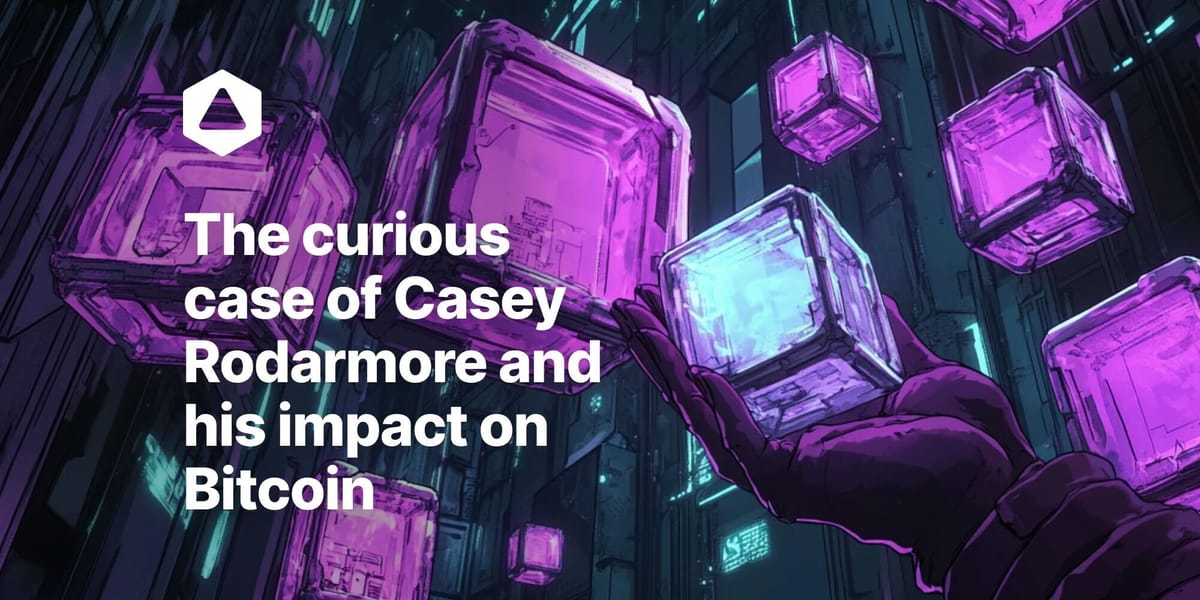
In contrast, he argues that he was looking for a way to add value to the network and saw an opportunity to build decentralized finance and NFTs on Bitcoin, bringing a broader use case into the network...
The Birth of Runes and Ordinals
In mid-2022, Casey opened discussions on the Ordinals theory and launched it in early 2023. This set the stage for embedding data such as texts, artistic expressions to even controversial information within the Bitcoin blockchain, at very low costs, bringing quality standard NFTs to the network. As explained thoroughly in this article.
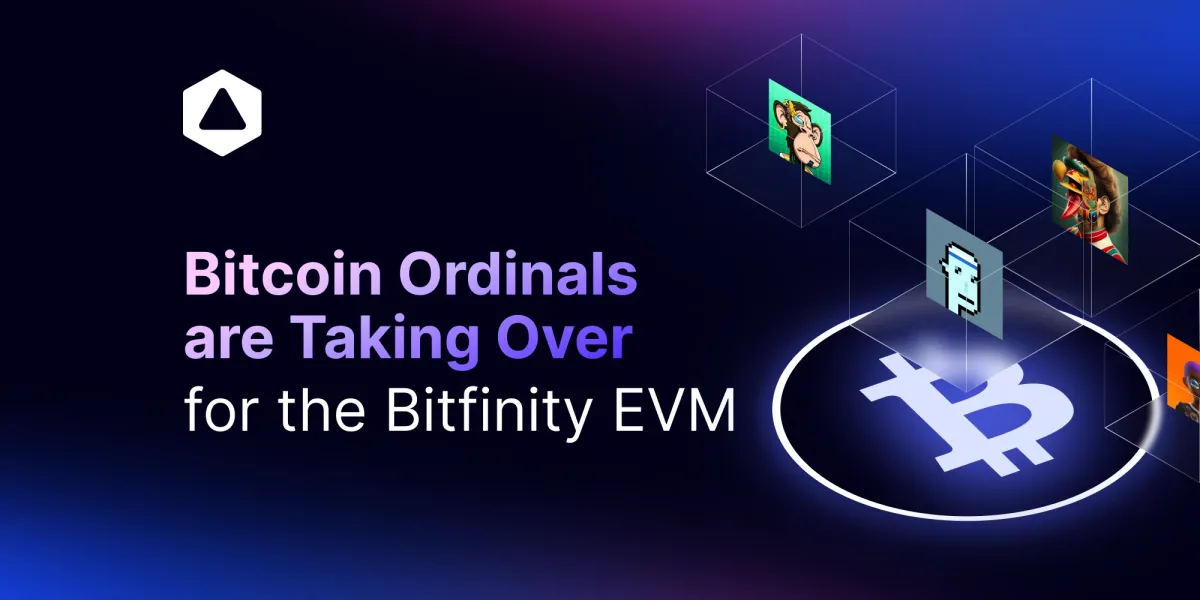
Since its launch, the protocol has undergone several milestones with over 68 million inscriptions, a rise in fees totaling over 6800 BTC and a sales volume of over $4 billion. Which is also not downplayed in any way.
Many such use-cases for these new ways that have been adopted on the Bitcoin blockchain including the creation of digital artworks, storage of sensitive information, and even games on the blockchain.
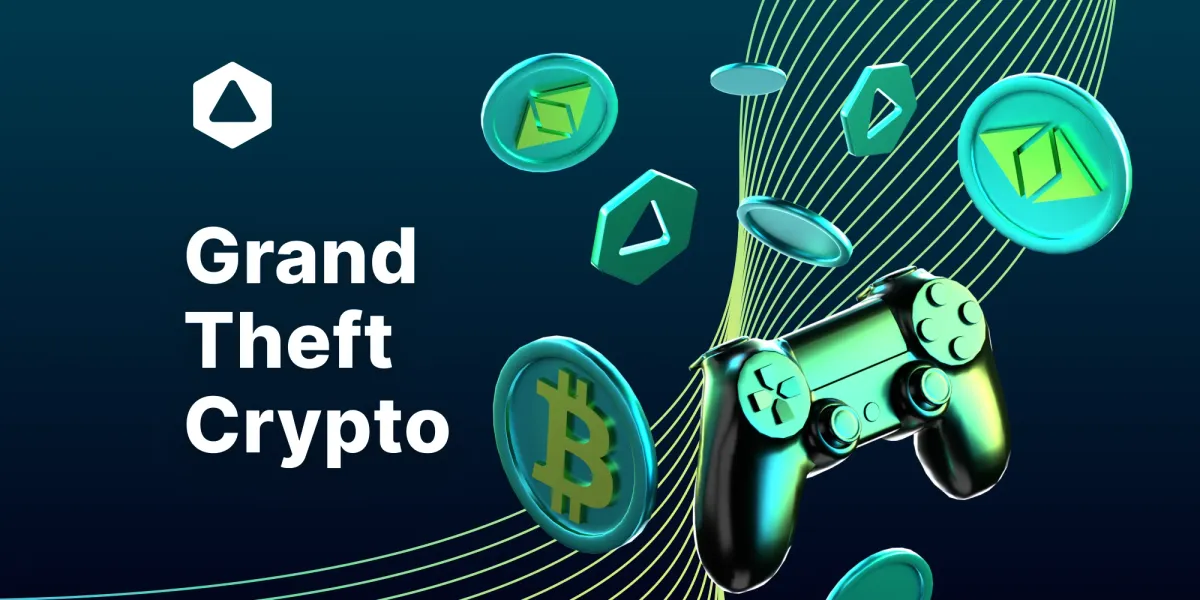
Well, no one knew things like these would be achieved so quickly and become so big but it did. But Casey's commitment to Bitcoin didn’t stop at Ordinals. On April 20th, 2024, Runes went live on block 840,000, coinciding with the fourth Bitcoin halving.
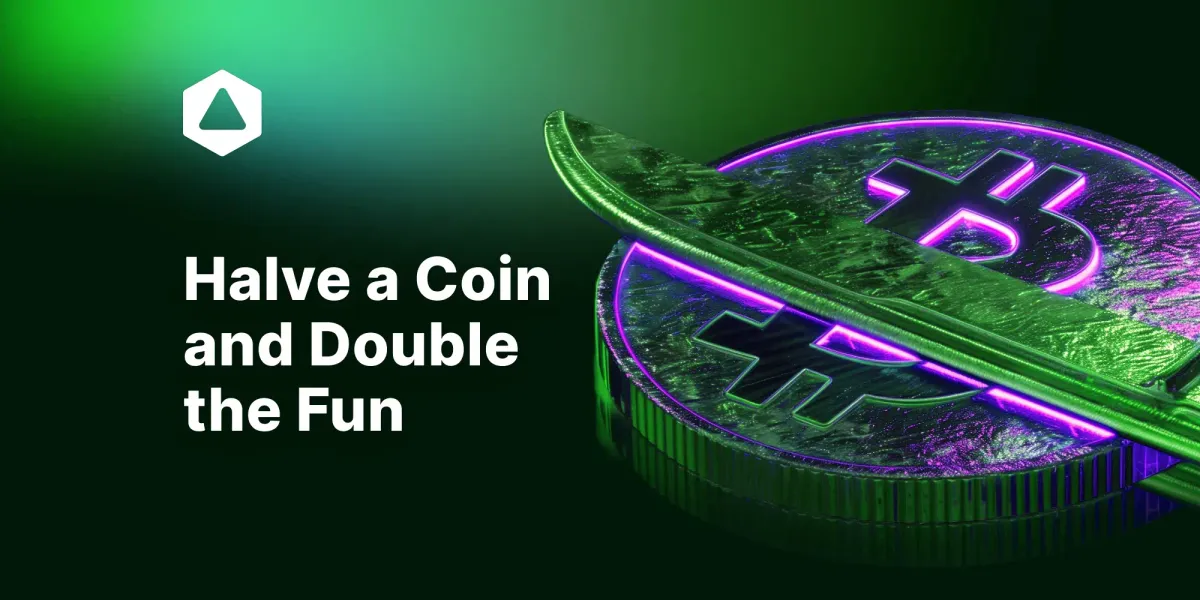
Runes brought a unique aspect to the Bitcoin blockchain by facilitating the creation of tokens through Bitcoin transactions. Achieved by utilizing the unspent transaction outputs (UTXO) whose advantages are twofold- they minimize the creation of unnecessary "dust" UTXOs and also ensure that Runes operates in harmony with Bitcoin's core principles to maintain its integrity.
With this, a perfect venue to participate in token-related activities like the creation of 'memecoins' (on Bitcoin) has been opened to anyone. A way for more users, and activity in the Bitcoin ecosystem while maintaining decentralization and security.
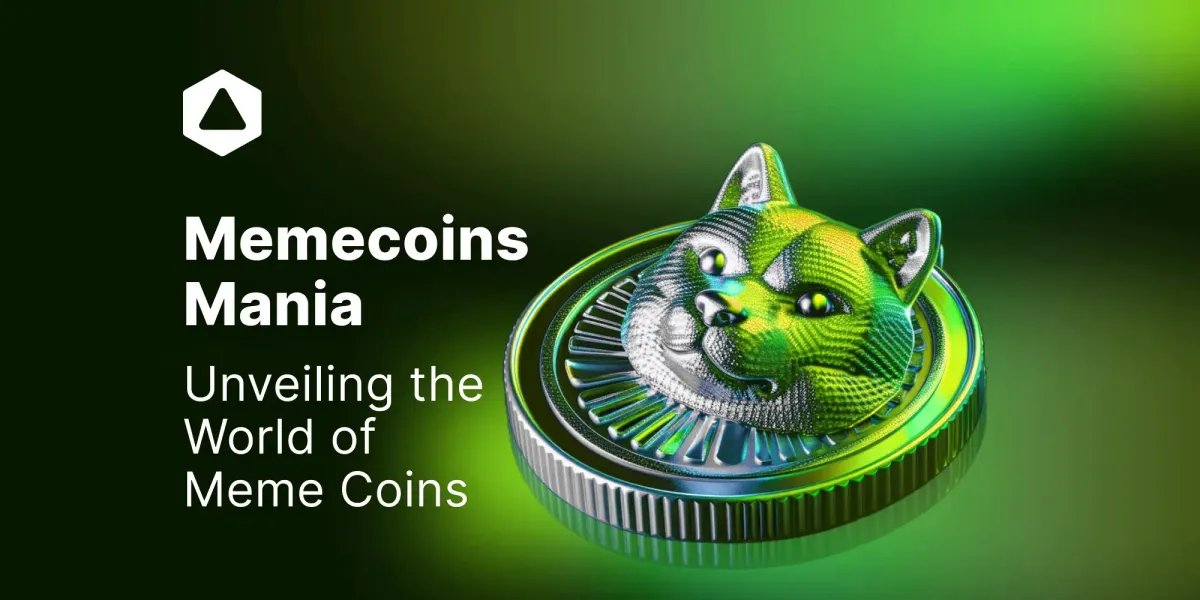
Although all these have been achieved, Casey himself acknowledges that there is always a risk of unintended consequences with any technological innovation and his work indeed did open up some debates, as is exactly what happened...
The 'Maximalist' Criticisms and Ethical Concerns
The introduction of Runes and its predecessor Ordinals onto the Bitcoin blockchain has been met with criticism from the maximalist community. They believe that these innovations are just petty money-grabs that overload and congest the world's most immutable blockchain with excessive transactions and unnecessary inscriptions, and they are concerned.
'Pets' on Bitcoin
According to Bitcoin maximalists, the real aim of Bitcoin is to revolutionize global money, peer-to-peer payments, and provide a storage of value. Therefore, the introduction of 'JPEGS' on-chain, for example, has been displayed as ‘fun-for-some’ who have gone to the extent of adding their pets as inscriptions. Which, on the other hand, is pricing out those who can't bear the increased fees yet need Bitcoin for day-to-day transactions.
A Concern on File Storage
Additionally, many have argued that data/file storage doesn't work well with the Bitcoin blockchain. Therefore, to accommodate things like inscriptions, you need to make the network more centralized, which for sure isn't what Bitcoin stands for as the most decentralized ledger of them all.
All these concerns and more banded together made the maximalists to the extent of developing new protocols to censor Bitcoin transactions and control an innovation like inscription.
We are happy to announce testing of Bitcoin Knots v25.1 has completed successfully, and is now deployed to production. Among other improvements, this upgrade fixes this long-standing vulnerability exploited by modern spammers. As a result, our blocks will now include many more… https://t.co/II3y0B6Pu4
— OCEAN (@ocean_mining) December 6, 2023
According to them, they want to are on the fence on the fact that Bitcoin is an unstoppable form of internet money but still is vulnerable to inscriptions en masse. Which is pretty contradictory and could potentially weaken the perceived invulnerability of Bitcoin.
The reality is that these new protocols, like any other data, cannot inherently weaken Bitcoin’s fundamental properties, if adequate solutions are being built to facilitate scalability.
Philosophical Divides in Adoption and Resistance
The reaction within the Bitcoin community has been mixed, while some have expressed disappointment, others outright anger while others have moved to embrace these new inventions completely, let's take a look at what the experts have to say...
The Critics
For instance, upon the launch of Ordinals, Blockstream CEO and famous Bitcoin cypherpunk Adam Back said in a now-deleted tweet;
“It’s also fair game for miners to censor the crap as a form of discouragement,”
i retracted/deleted that as it was stupid and getting misinterpreted see here. https://t.co/fv0AfrPUMH
— Adam Back (@adam3us) January 30, 2023
However, he later posted:
“We can recognize we can't really stop them and it's a free world with anonymous miners. But we can also educate and encourage developers who care about Bitcoin's use case to either not do that or do it in a prunable space-efficient e.g., time-stamp way.”
Not very supportive at all. Runes also faced heavy critique, upon launch a crush between Bitcoin purists and realists arose on X. For instance, popular Bitcoin market analyst Dylan LeClair referred to the protocol as;
'pure degenerate speculation, offering no utility'
The Supporters
On the other side, Ordinals were met with a welcoming gesture from notable Bitcoin Educators like Dan Held, who also took his praise on X platform.
Ordinals = NFTs on Bitcoin.
— Dan Held (@danheld) January 29, 2023
This is good for Bitcoin.
Just as the founder of Bitfinity Max Chamberlin told Decrypt.
"I believe we are all Bitcoiners. Though some Bitcoin purists might shudder at the thought, they weren’t supportive of Ordinals or BRC-20 tokens anyway, and those took off to dizzying heights.”
All interesting to read nevertheless but we haven't heard the take of perhaps one of the biggest stakeholders of them all. "The Bitcoin miners’ that profit from the rise of gas fees, and found themselves in a dilemma of whether to support or oppose...
A Miners Dilemma
Bitcoin miners found themselves in a complex scenario where their ethics played a crucial role in decision-making.
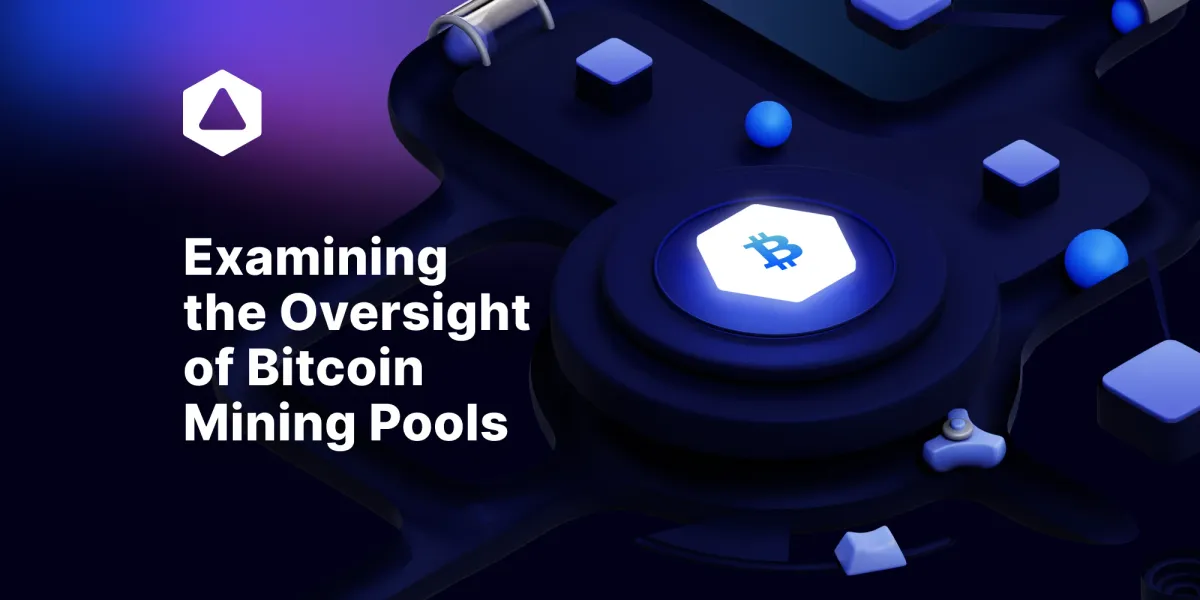
For instance, they faced a conflict between the desire for a strong, decentralized, independent mining operation and perhaps their personal views on these new experimentations on Bitcoin. Weighing their principles against each other, and choosing what they believe supports the greater good of the Bitcoin network.
It is from things like this that some miners have opted to filter transactions, which they consider spam, as an ethical choice to preserve the network's integrity as we saw earlier.
However, decisions like these raise concerns about censorship in a system that is designed to be permissionless and censor-proof, where anyone can submit transactions that, as long as they pay the fee, should be included in a block on time.
They also take into note that there is a continued reduction of block rewards after every 4 years due to Bitcoin halving, and therefore these new sources of fees, can be seen as beneficial for the network's economic model and thus a crucial incentive for keeping security of the network running.
A Look in to the Future
All this drama has attracted media attention and increased public engagement and sparked new solutions focusing their efforts on ways that could upgrade the quality of experimentation and user experience. And where there could be days where 'non-fungible' tokens on Bitcoin could represent real-world assets or equity and pave the way for any use case that can be thought of.
The debate and concerns surrounding Ordinals and Runes highlight the ongoing evolution of Bitcoin and the challenges it faces as it grows. While these new innovations expand Bitcoin's functionality, they also test the boundaries of its original vision.
And so the divide between maximalist critics and supporters has become more clear, as it reflects the broader struggle in the crypto space between preserving core principles and embracing new possibilities.
Bitfinity as A Bridge Between the Two Camps
Bitfinity aims to enhance the experience of creating and interacting with Bitcoin Ordinals by integrating an Ethereum Virtual Machine onto the Internet Computer network. This will allow smart contracts to be deployed that can interact with and manage Ordinal assets and combining the best of both worlds.
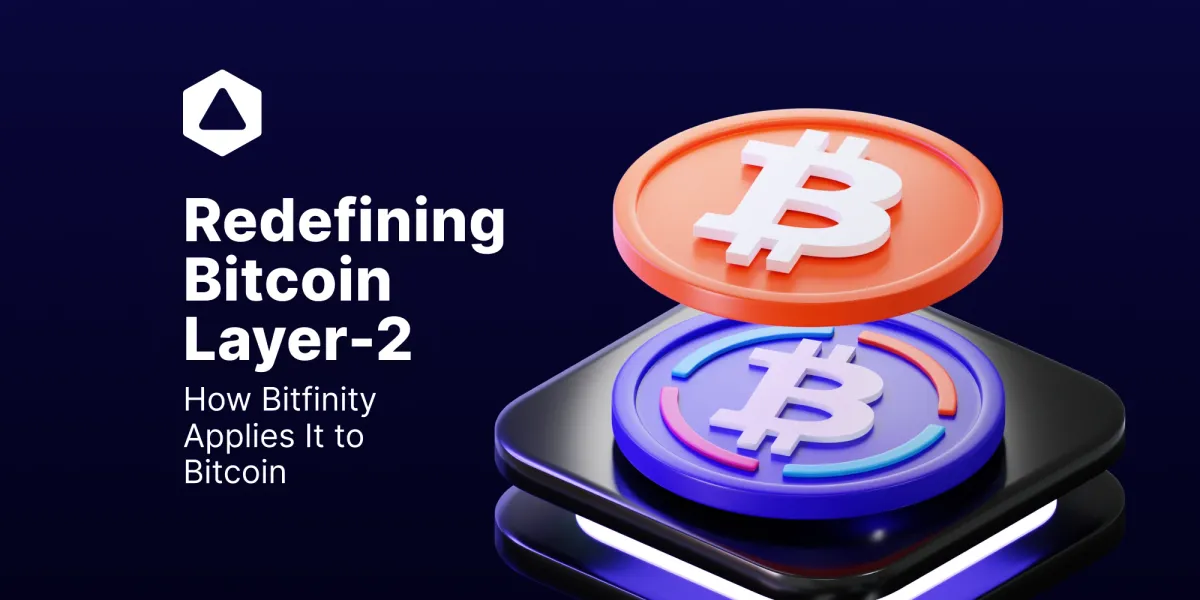
By running these smart contracts on the Internet Computer, Bitfinity expects transactions to be significantly more scalable and lower cost than doing so directly on the Bitcoin network.
This could open up Ordinals and Runes and their use cases to a whole new (developer) community. And if successful, it may drive further innovation and experimentation with these digital assets that are heavily supported and hated.

Connect with Bitfinity Network
Bitfinity Wallet | Bitfinity Network | Twitter | Telegram | Discord | Github

*Important Disclaimer: The information on this website is provided for general informational purposes only and should not be considered financial advice. While we strive for accuracy, Bitfinity does not endorse and is not responsible for any errors or omissions or for results obtained from the use of this information. Views expressed herein may not reflect those of Bitfinity. External links are provided for convenience and verification of information is recommended before taking any actions based on content found here.



Comments ()